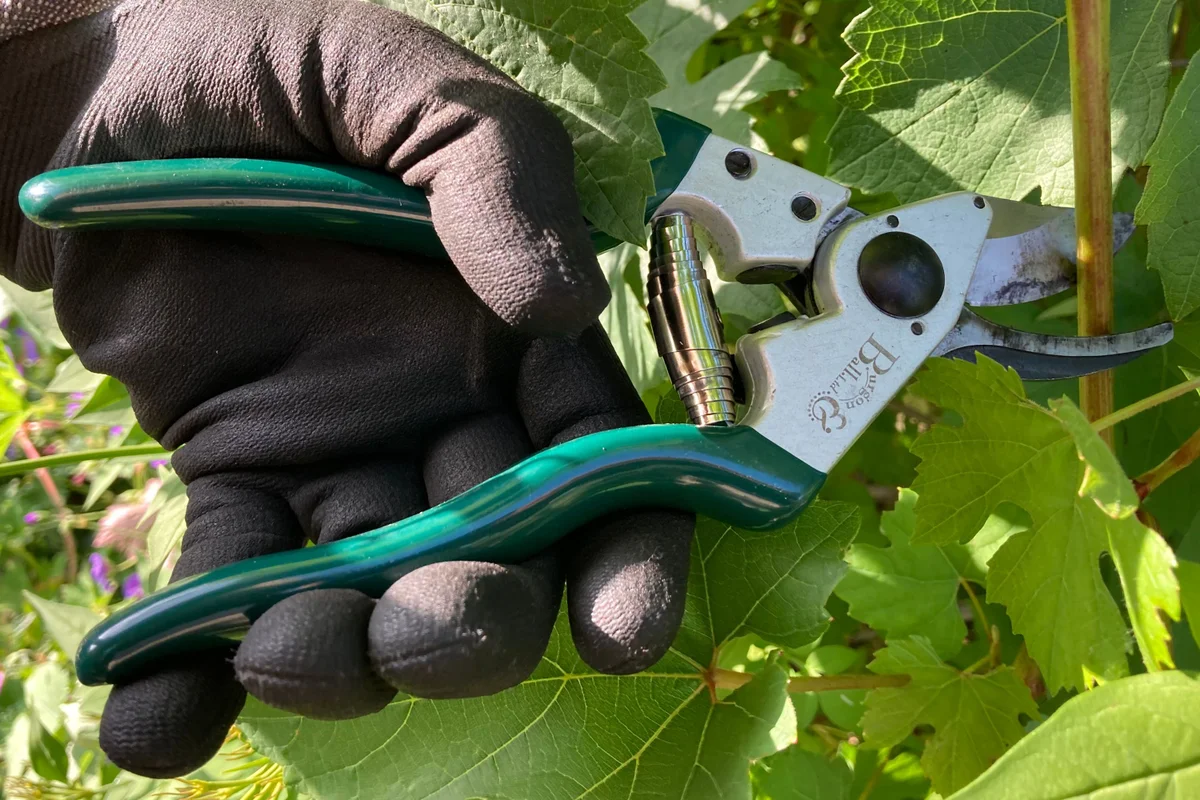By Abigail Willis
Copyright independent

What are the best secateurs for 2025?
My search settled on the Okatsune 103 bypass secateurs, which perfect the basics. Sharp blades effortlessly cut through branches up to 25 mm and nipped through shrubs, roses and fruit trees. They are lightweight and comfortable to hold, easily slicing through a huge range of different plant materials.
If you’re on a budget, the Burgon and Ball bypass secateurs will work well. There are better options out there, but not for the price.
For those looking to tackle thicker stems or wood, the Kent and Stowe eversharp hard wood secateurs by Kent and Stowe are a good choice, with a blade enhanced with hardness and wear resistance. Meanwhile, left-handers may choose the Niwaki mainichi secateurs, which have a comfortable grip and agile movement.
Having used the Swiss brand Felco for nearly 20 years, it was fascinating to compare them to other models. Favoured by many professional gardeners, the classic red-handled Felco No.2 are solid and dependable with plenty of practical features (see below for my review of a box-fresh pair). By comparison, the Japanese brands (Niwaki and Okatsune) felt like a breath of fresh air with their simple but refined design, powerful blades and agile handling. However, Darlac’s ratchet secateurs were also a game-changer in my garden – effortlessly powering through even quite chunky dead stems.
What are the different types of secateurs?
There are three main types of secateurs: bypass, ratchet and anvil.
Bypass secateurs are by far the most common type. These work like scissors, snipping through material.
Ratchet secateurs use a ratchet mechanism to cut through wood in stages. This makes them a good choice for processing hard or dead stems. They’re also great if you have mobility issues or have lost strength in your hands as you age. Because you can slice through the wood in steps, you can cut through a branch with several little cuts rather than one big chop.
Anvil secateurs cut with a blade like bypass secateurs, but the blade cuts straight onto an anvil, usually made from a soft metal like brass. This gives you the ability to cut through heavier stems. However, unlike ratchet secatuers, you have to cut the material in one pass.
Do you need a left-handed pair of secateurs?
Like most lefties, I am used to living in a right-handed world and have used right-handed secateurs throughout my gardening career. For this trial, I allowed myself the luxury of testing a pair of left-handed secateurs (one pair out of 10 reflecting the proportion of left-handedness in the population). While not quite the game changer I’d hoped for, being so conditioned to right-handed tools, they did feel a bit like a homecoming, quickly becoming a natural extension of my hands. They’re certainly comfortable, but not essential.
For more garden help, check out our tests of the best robot lawnmowers



